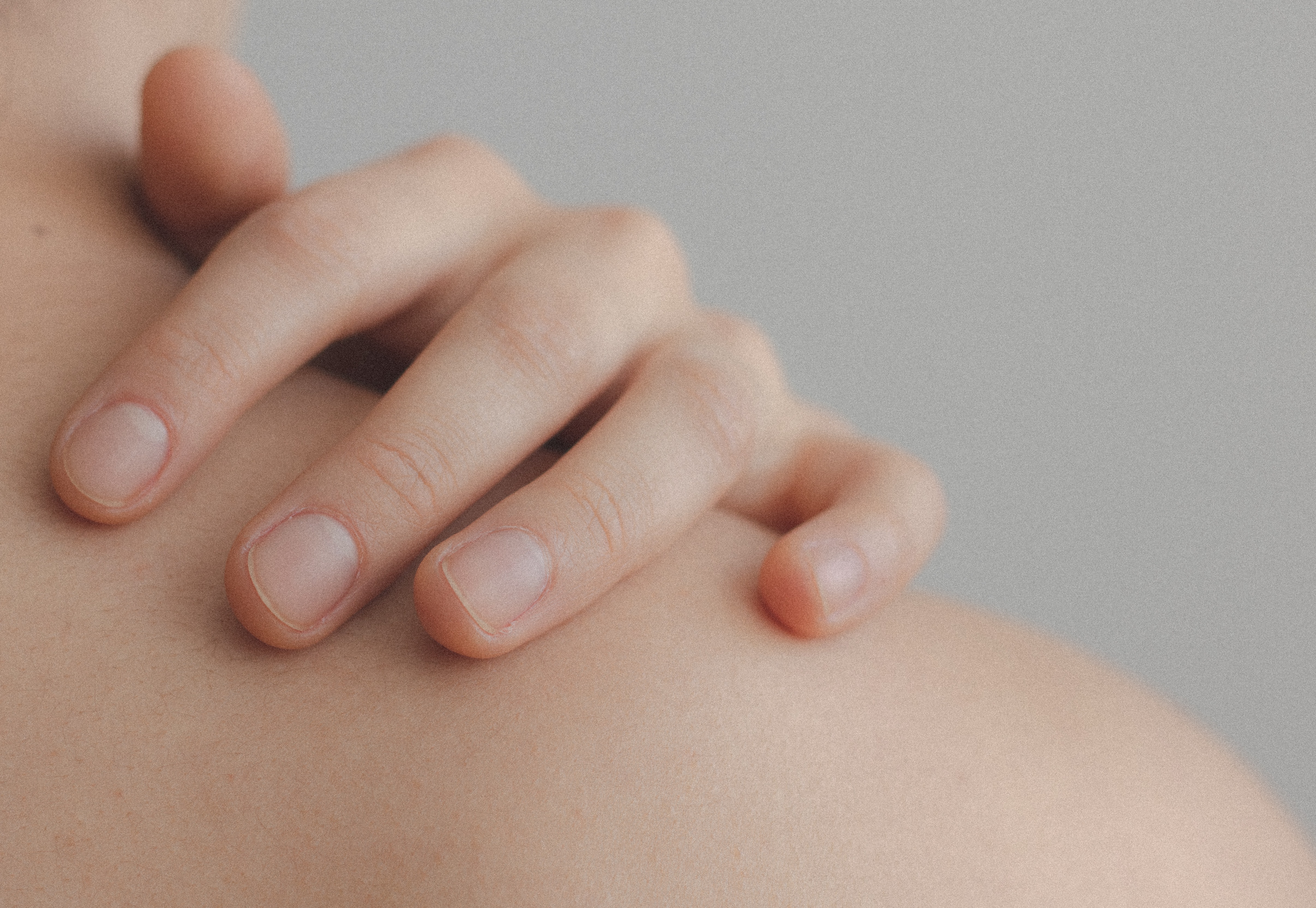
Take this skin quiz to find the best ingredients for your skin and build your skin care routine.
Take The Skin Quiz
Hyaluronic acid is a common ingredient in skincare products. It's used chiefly in moisturizing creams, lotions, and serums because of its ability to hydrate and plump the skin.
Because it has "acid" in its name, it's often mistaken for an exfoliating ingredient, much like salicylic acid or glycolic acid. However, hyaluronic acid has little in common with alpha hydroxy or beta hydroxy acids such as these. Hyaluronic acid attracts water from within the dermis and moves it along to the skin surface, the epidermis. Hyaluronic acid and other glycosaminoglycans also play a role in skin elasticity and tone, cell metabolism, regeneration, and healing.
As you age, hyaluronic acid levels in the skin naturally taper off. Your skin doesn't manufacture it as effectively as it used to. That is partly why the skin becomes thinner and drier as you get older. Hyaluronic acid levels in the skin begin a steep decline after age 40.
Apply a topical hyaluronic acid product and it will help pull moisture from the deeper layers of the skin to infuse the top layers of the skin with moisture. If you live in a humid area, it can also help pull water from the air into your skin.
Hyaluronic acid products also help reduce trans-epidermal water loss. This is another way of saying that it helps keep the water in your skin, rather than letting it evaporate out into the air.
Pores are itsy-bitsy openings in the skin—and there are millions covering every millimeter of skin. There are two types of pores with different functions: sweat pores and oil pores. The sweat pore allows moisture, produced by sweat glands, to exude out to the surface of the skin, where it helps to cool the body in response to heat, exertion or fever. Sweat pores are so tiny, they are mostly invisible to the human eye.
The oil pore, on the other hand, is a bit larger. Oil pores are also known as hair follicles because these pores produce oil from the sebaceous glands, but they are also the openings from which hair emerges. The oils help to keep our skin and hair healthy. It is the oil pores that can get clogged with sweat, debris and other gunk, causing acne, blackheads and whiteheads. Sweat pores rarely get clogged, as they are so tiny.
Benzoyl peroxide is a topical agent for fighting bacteria and unclogging pores. It is one of the longest-used medications to keep pores clean and healthy. Jojoba oil and rosehip oil are also good for reducing inflammation, fighting bacteria, and keeping in moisture for healthier skin. Ingredients that help exfoliate dead skin cells and increase new skin cell production, such as Vitamin A/Retinol, glycolic acid, and salicylic acid, are good for keeping pores unclogged as well.
hyaluronic acid may be effective for clogged pores, but there are many other factors that may affect whether this ingredient would work on your skin or if there are better ingredients that may work for you. Take this skin quiz to find the best ingredients for your skin and build your skincare routine.
Next: Does argan oil work on crepey skin ?